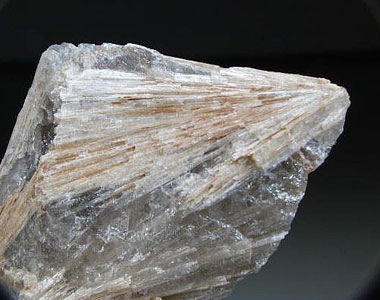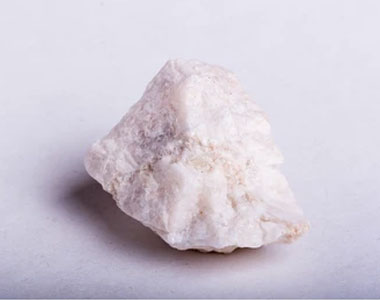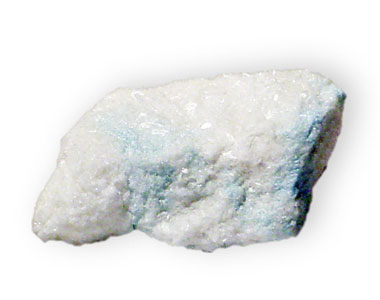Wollastonite
Wollastonite a white nonmetallic, natural mineral identified chemically as calcium metasilicate, CaSiO3. It is the only commercially available pure white mineral that is wholly acicular (needle-like crystals). Wollastonite is available in fine particle size powders as well as fibrous 'high aspect ratio' products (20:1). This material has a very unusual texture, it does not flow at all (a hand full can be picked up with fingers downward). Wollastonite's unique qualities were first recognized in 1822 by an English scientist, Sir William Wollaston. However as a commercially available raw material wollastonite has only been available since the 1950s. Explosive market growth took place during the 1980s and 90s and major industrial sectors have adopted the material.
Application of The Wollastonite :
Ceramics :
Wollastonite decreases shrinkage and gas evolution during firing, increases green and fired strength, maintains brightness during firing, permits fast firing, and reduces crazing, cracking, and glaze defects.
Paints :
As an additive in paint, it improves the durability of the paint film, acts as a pH buffer, improves its resistance to weathering, reduces gloss, reduces pigment consumption, and acts as a flatting and suspending agent.
Plastics :
Wollastonite improves tensile and flexural strength, reduces resin consumption, and improves thermal and dimensional stability at elevated temperatures. Surface treatments are used to improve the adhesion between the wollastonite and the polymers to which it is added.
Building Material :
As a substitute for asbestos in floor tiles, friction products, insulating board and panels, paint, plastics, and roofing products, wollastonite is resistant to chemical attack, inert, stable at high temperatures, and improves flexural and tensile strength.



